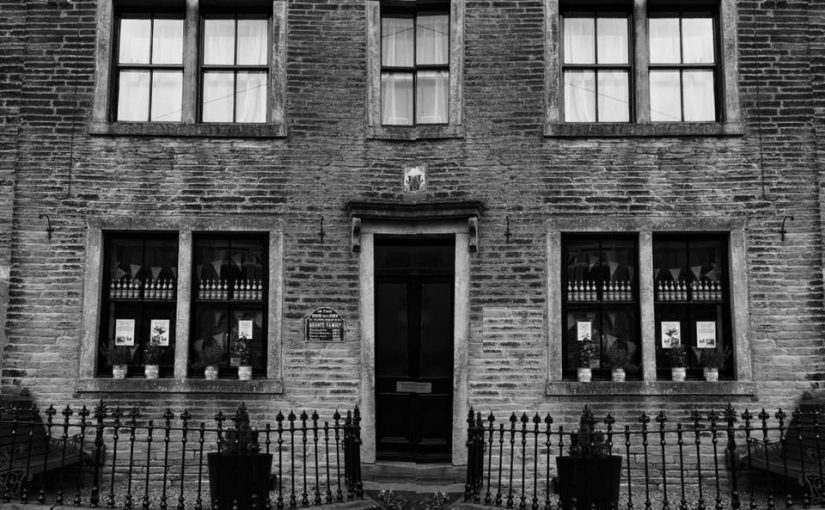If we could travel back in time 204 years ago to the day to the parish parsonage at Thornton, Bradford what would we find? We would certainly find a hectic, crowded home – for in it are two parents, two servants and five children. No, make that six children, for by her mother in a cradle is a tiny baby – perhaps her older sisters are peering in at this gurgling infant – particularly the next youngest, one and a half year old Emily Jane who would become so close to her younger sister. The baby was of course Anne Brontë who was born in this week 1820, and in today’s post we’re going to look at just what kind of a baby she was.
17th January 1820 was the day that the sixth and final Brontë sibling was born. She was delivered by a local midwife or possibly by a local doctor known to the family called John Outhwaite, and her birth took place before the fireplace which still stands today inside Thornton Parsonage. Incidentally, the community plan to buy the parsonage and save it for the public is making great progress – so keep an eye on this blog for further details as their plans near fruition.
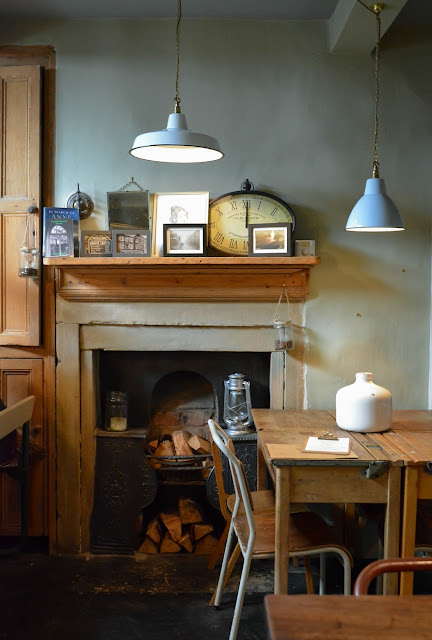
The newly saved and renovated Thornton Parsonage will offer Brontë lovers the chance to live in the house in which those three famous Brontë sisters were born – but whilst many original features remain, it will be a very different building to the one that Patrick and Maria Brontë, and their six children, knew. Prior to Anne’s birth, her father had already written to the Bishop calling Thornton Parsonage wholly inadequate for his needs. Within four months of Anne’s nativity the family had moved to a new parish in a village which was forever transformed by their arrival: six miles away across the moors, Haworth.
Anne Brontë would not have had memories of Thornton like her siblings had, she would not have had memories of her mother – as tragically Maria died in 1821, probably from sepsis caused by complications after Anne’s birth. In many ways, therefore, she had a different shared experience to her four sisters and a brother, so just what was Anne like as a baby?
The 17th January 1820 was a Monday, so was Anne Brontë full of grace just like the famous rhyme says about Monday’s child? We can be sure that Anne grew up to be a very kind woman, one who thought seriously about society and about inequalities in it. She was a very shy, quiet and reflective woman, and a very religious woman too – perhaps she exhibited these qualities from a very early age, as there is a famous account that paints Anne as a truly angelic child.
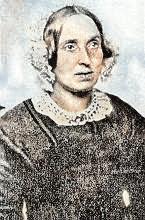
The account comes from Nancy de Garrs, one of the two Thornton servants (along with her sister Sarah de Garrs) who travelled with the Brontë family to Haworth. She described the incident as follows:
‘When Anne was a baby, Charlotte rushed into her Papa’s study to say that there was an angel standing by Anne’s cradle, but when they returned it was gone, though Charlotte was sure she had seen it.’
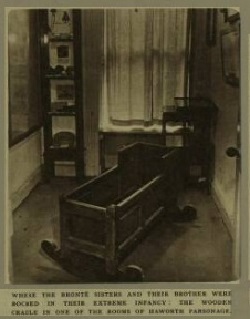
Above is the very cradle that held Anne and, presumably, her siblings before her – but was there really an angel standing by it? Young Charlotte certainly seemed to think so – although of course we all know how powerful her imagination was. We will never know just what Charlotte saw, or what made the five year old rush to her father so, but I wonder, I wonder?
I also wonder what treasures the Brontë Parsonage Museum in Haworth will unveil for us when it opens its doors to the public again in February? Fittingly, in light of today’s post, the exhibits will place a particular emphasis on the childhood of the Brontë siblings. It will feature something very special never displayed before – the christening bonnet worn by Charlotte Brontë in 1816. Here it is in all its glory!
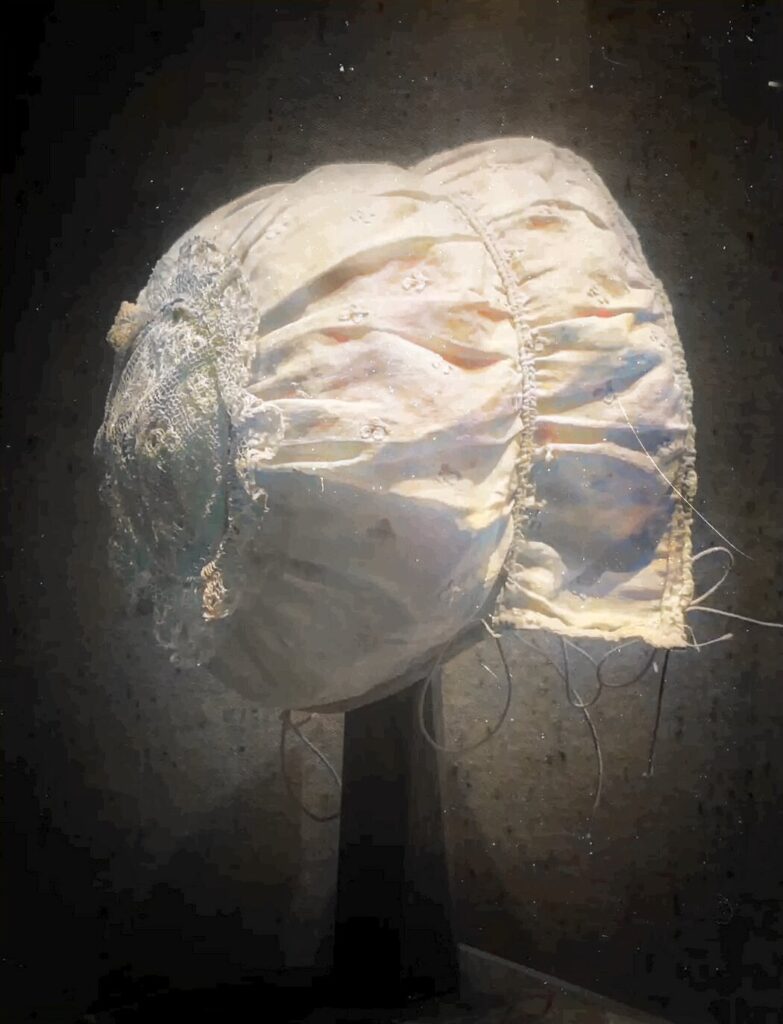
I will bring you more news of the exhibit once I’ve visited it, but you don’t have to wait that long for another new Brontë blog post. I hope to see you here next Sunday.
